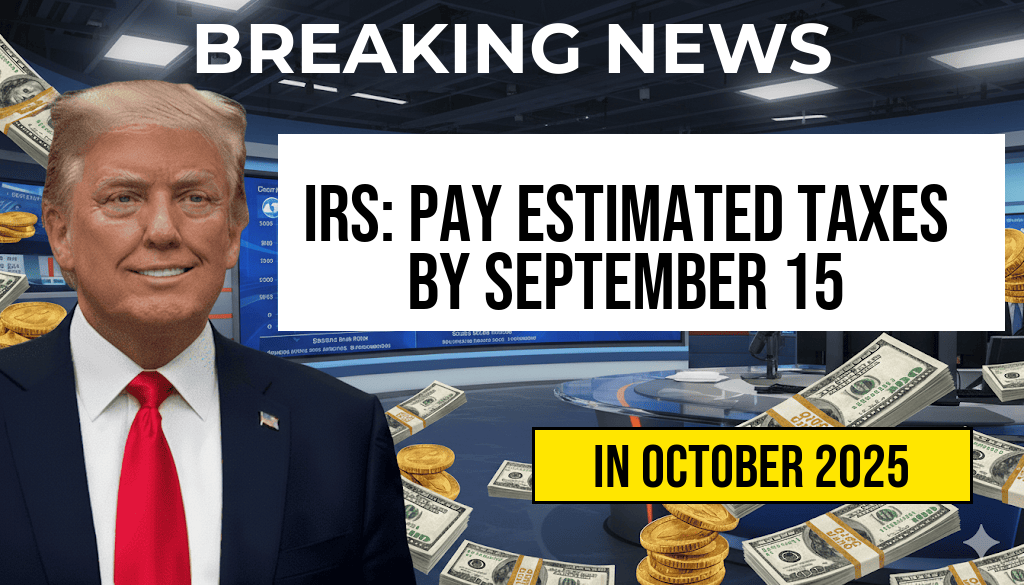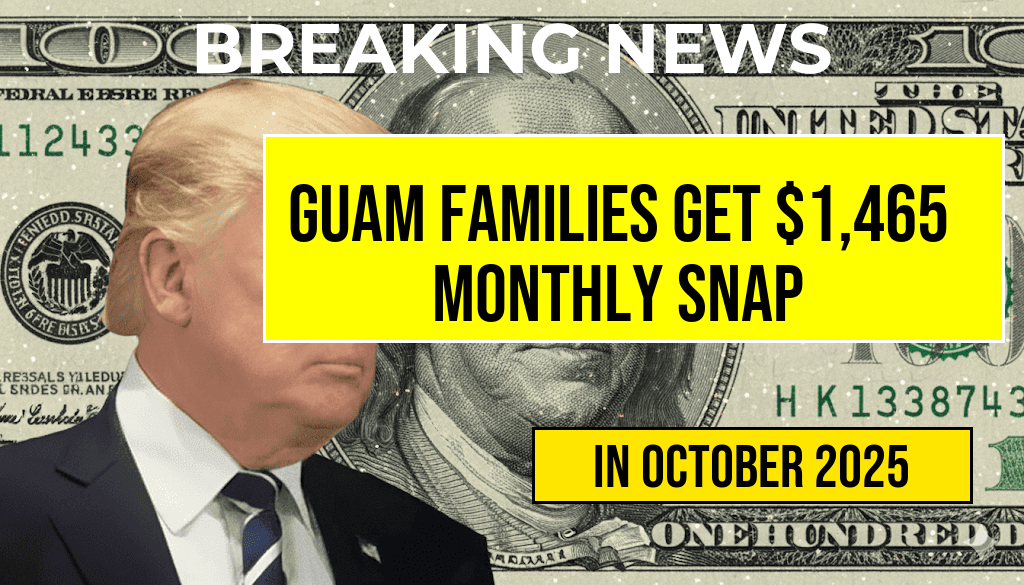The Internal Revenue Service (IRS) has issued a critical notice urging taxpayers to fulfill their estimated tax payments by September 15 to avoid potential penalties. This reminder comes as part of the IRS’s ongoing efforts to ensure compliance among individuals and businesses required to pay estimated taxes throughout the year. Failure to meet the September deadline could result in significant penalties, which can accumulate quickly and add unnecessary financial strain. As the tax landscape continues to evolve, understanding these obligations is essential for all taxpayers, especially those with fluctuating incomes or multiple income sources. This article will delve into the details of the IRS notice, the importance of timely payments, and strategies for managing estimated taxes effectively.
Understanding Estimated Taxes
Estimated taxes are payments made on income that isn’t subject to withholding, such as self-employment income, interest, dividends, and rental income. Most taxpayers are required to make estimated tax payments if they expect to owe more than $1,000 when they file their tax return. The IRS typically requires these payments to be made quarterly, with specific due dates throughout the year.
Key Dates for 2023
The due dates for estimated tax payments in 2023 are as follows:
| Payment Period | Due Date |
|---|---|
| 1st Quarter | April 18, 2023 |
| 2nd Quarter | June 15, 2023 |
| 3rd Quarter | September 15, 2023 |
| 4th Quarter | January 16, 2024 |
Consequences of Late Payments
Taxpayers who miss the September 15 deadline may face penalties that can be both financial and operational. The IRS imposes a penalty for underpayment, which is typically calculated as a percentage of the unpaid amount. This percentage can vary based on current interest rates and the duration of the underpayment. Additionally, the longer the payment is delayed, the higher the penalty may become.
How to Calculate Estimated Taxes
Calculating estimated taxes can seem daunting, but the IRS provides resources to simplify the process. Taxpayers can use the IRS Estimated Taxes page to find forms and instructions. The calculation typically involves:
- Estimating total income for the year.
- Subtracting expected deductions.
- Calculating the estimated tax liability based on current tax rates.
- Dividing the total estimated tax by four to determine quarterly payments.
Payment Options Available
The IRS offers several methods for making estimated tax payments, making it easier for taxpayers to stay compliant:
- Online Payments: Taxpayers can pay directly through the IRS Payments page.
- Check or Money Order: Payments can be mailed along with the appropriate payment voucher.
- Electronic Funds Withdrawal: This option is available when e-filing a tax return.
Conclusion
Meeting the estimated tax payment deadline of September 15 is crucial for avoiding penalties and ensuring compliance with IRS regulations. Taxpayers should take proactive steps to calculate their estimated taxes accurately and select a convenient payment method. By staying informed and diligent, individuals can navigate their tax obligations effectively and minimize financial strain.
Frequently Asked Questions
What is the new notice issued by the IRS regarding estimated taxes?
The IRS has issued a new notice reminding taxpayers to pay their estimated taxes by September 15 to avoid potential penalties.
Who needs to pay estimated taxes?
Taxpayers who expect to owe at least $1,000 in taxes after subtracting withholding and refundable credits are generally required to pay estimated taxes.
What happens if I miss the September 15 deadline?
If you miss the September 15 deadline for paying your estimated taxes, you may face penalties and interest on the unpaid amount.
How can I calculate my estimated tax payments?
You can calculate your estimated tax payments by using the IRS Form 1040-ES, which provides guidelines and worksheets to help you estimate your tax liability.
Are there any exemptions from paying estimated taxes?
Yes, certain taxpayers may be exempt from paying estimated taxes, including those who had no tax liability in the previous year or whose total tax due is less than $1,000.








